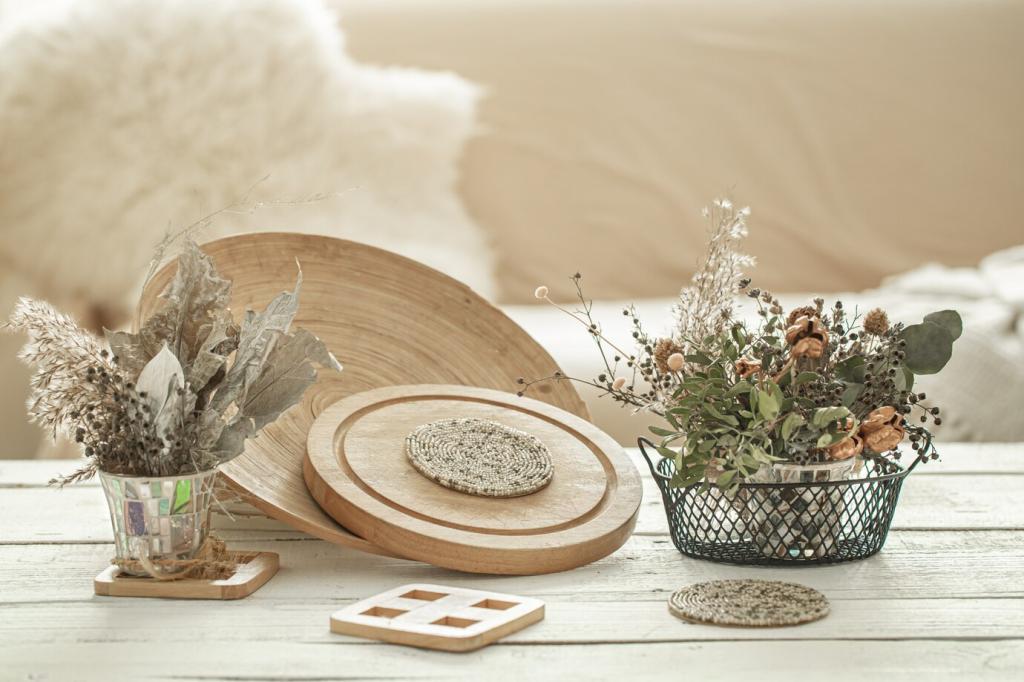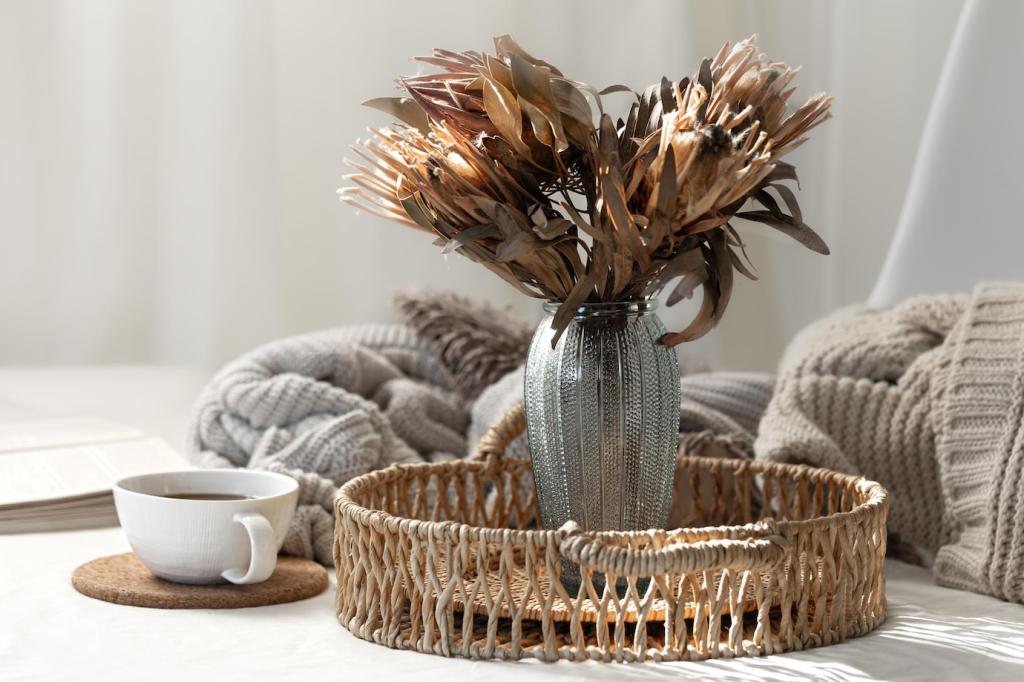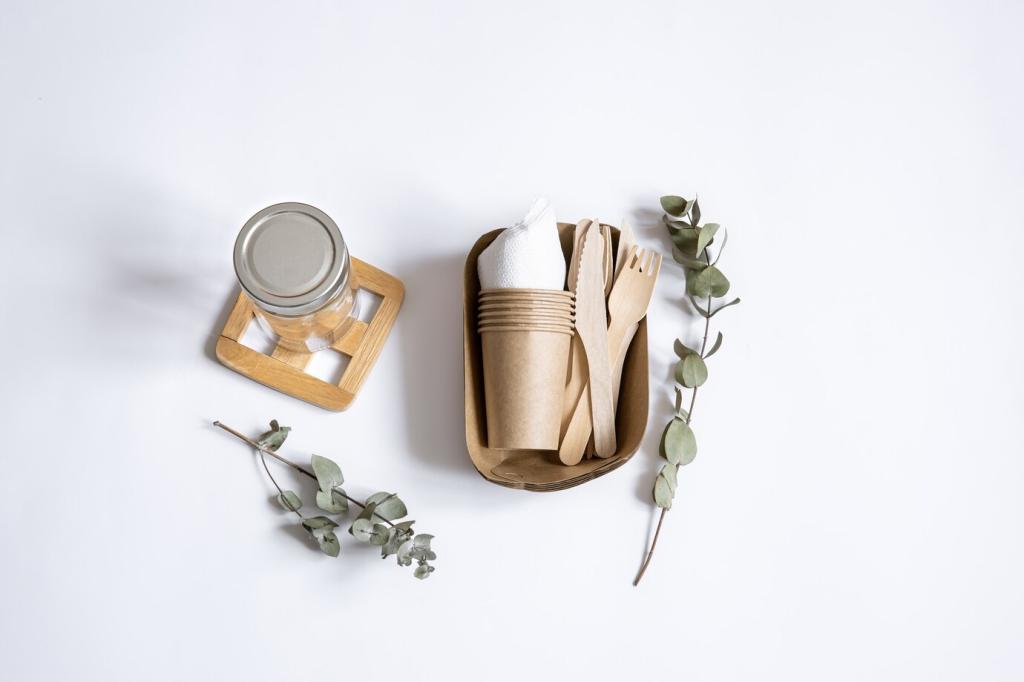
Low-Impact Flooring Materials for Homes: A Guide You Can Walk On
Theme selected: Low-Impact Flooring Materials for Homes. Step confidently into healthier, quieter, planet-kind floors with inspiring ideas, practical tips, and real-life stories that help you choose materials your home—and the earth—can love for years.


What “Low-Impact” Really Means Underfoot
Low-impact flooring considers the entire life cycle: renewable sourcing, efficient manufacturing, responsible transport, long service life, and safe end-of-life pathways. Ask how materials are harvested, processed, and recycled, then choose options that minimize waste and maximize durability.
What “Low-Impact” Really Means Underfoot
Your floor shouldn’t make your air worse. Look for low-VOC or no-VOC finishes and adhesives, plus certifications like FloorScore and GREENGUARD Gold. Cleaner chemistry reduces headaches, irritations, and odors while making your home feel fresher from day one.
Natural Stars: Bamboo, Cork, and Reclaimed Wood
Fast-Growing Bamboo, Gently Harvested
Bamboo matures in a few years, making it a rapidly renewable resource. Strand-woven options are exceptionally hard, yet still warm. Verify responsible forestry, formaldehyde-free binders, and low-VOC finishes to keep the sustainability story strong from grove to living room.
Cork: The Bark that Bounces Back
Harvested from living trees without cutting them down, cork offers springy comfort, thermal insulation, and sound absorption. Its honeycomb structure cushions every step. Choose natural, low-emission finishes and you’ll enjoy a floor that feels like a quiet, supportive hug.
Reclaimed Wood with a Past Life
Planks salvaged from barns and factories carry character you can’t fake: nail holes, weathered grain, sun-softened patina. Reuse preserves history while avoiding new logging. Stabilize with careful acclimation and gentle finishes for a hardy, story-rich surface that deepens with time.
Modern Eco Options: Linoleum, Recycled Rubber, and Terrazzo with Recycled Content
True linoleum blends linseed oil, pine rosin, wood flour, and pigments on a jute backing. It’s naturally antimicrobial, color-through, and remarkably long-lived. Specify factory-applied, low-emission finishes and you’ll gain a classic surface that resists scuffs while aging gracefully.

Installation Choices that Lower Impact
Floating Floors and Click Systems
Floating assemblies minimize adhesives, speed installation, and make future disassembly easier. Click-lock bamboo, cork, or engineered reclaimed surfaces can be lifted and reused. That reversible approach reduces demolition waste and keeps options open if your layout or taste evolves.
Adhesives and Finishes that Respect the Air
Choose waterborne finishes and low-VOC adhesives with transparent data sheets. Plant-based hardwax oils can be spot-repaired, extending life without heavy sanding. Your nose is a good guide: if it smells harsh, your home’s air will likely feel it too.
Underlayments and Sound Control
Recycled-fiber or cork underlayments add comfort, thermal stability, and acoustic calm, especially in apartments. They also smooth minor subfloor imperfections and reduce impact noise. Ask for underlayments tested for emissions so the quiet you gain doesn’t compromise indoor health.
Design and Comfort without Compromise

Cork’s spring, bamboo’s satin-grain, and linoleum’s matte warmth make rooms welcoming. Texture adds slip resistance and hides everyday scuffs. Prioritize tactile comfort where your family lingers—kitchens, nurseries, and reading corners—so sustainability can be felt with every quiet step.
Budget, Maintenance, and the True Cost
01
A floor that lasts twice as long often costs less in the long run, even if upfront pricing feels higher. Energy, maintenance, and replacement cycles add up. Comment with your budget goals and we’ll share strategies aligned with low-impact principles.
02
Gentle, regular care beats harsh chemicals. Microfiber dusting, pH-neutral cleaners, felt pads, and entrance mats dramatically reduce wear. Set seasonal check-ins for resealing or oil refreshing, and your low-impact flooring will keep its good looks for many busy years.
03
Floating systems invite confident DIYers, while glue-down linoleum or terrazzo benefits from experienced hands. A good installer understands moisture, expansion, and emissions. Ask questions, request references, and share your project scope below so our community can offer practical, theme-savvy advice.
Real-Home Anecdotes You Can Learn From
Maria swapped brittle tile for cork in her 500-square-foot apartment. Echoes softened, winter mornings felt kinder, and neighbors stopped hearing every step. She sealed with a low-VOC finish and now hosts game nights barefoot. What change would you hope to feel first?
Measure What Matters: Certifications and Numbers
Seek FSC or PEFC for wood sourcing, Cradle to Cradle for circular design, and FloorScore or GREENGUARD Gold for indoor emissions. Certifications aren’t everything, but they offer third-party guardrails as you navigate choices and marketing claims with confidence.
Measure What Matters: Certifications and Numbers
Embodied carbon varies by material, thickness, finish, and transport. Longer-lived floors generally dilute impacts across decades. Ask suppliers for Environmental Product Declarations, compare like-for-like, and consider local options to trim shipping footprints without sacrificing durability or design intent.
